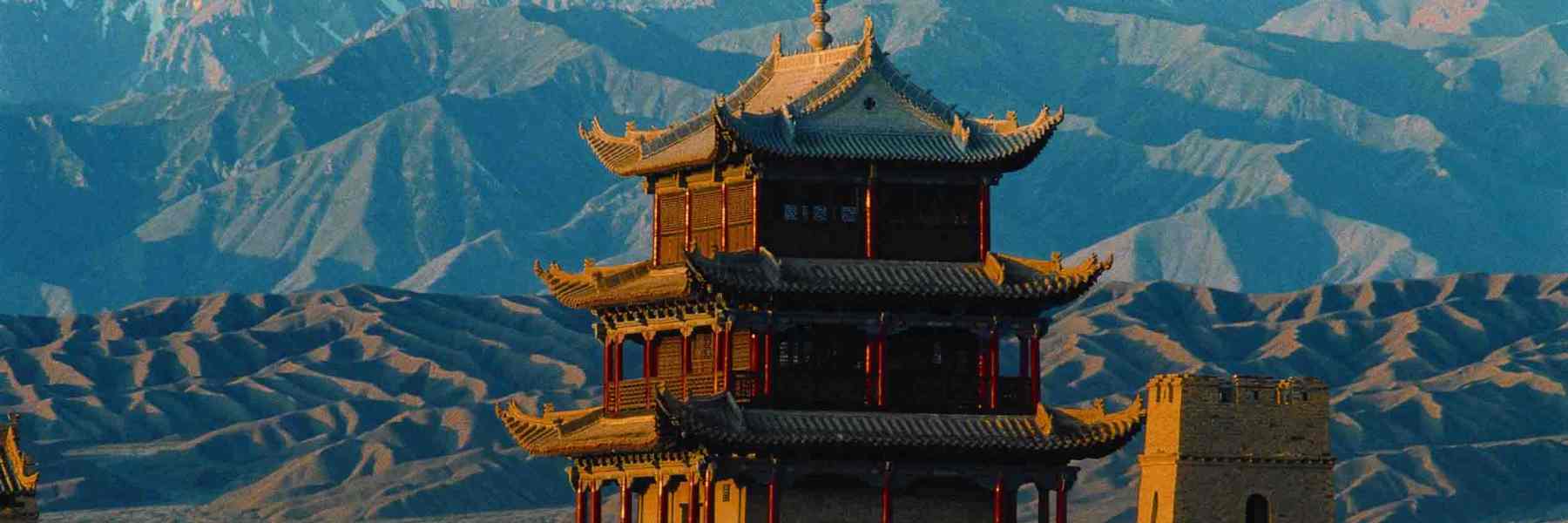
 Tour Code
Tour CodeQH9D8N-XCZ-190
 Duration
Duration8 Days\ 7 Nights
During the 8-day tour, you will have a full day to relax and immerse yourself in the stunning scenery of Qinghai Lake, visit the Longwu Temple in Tongren, which preserves the most authentic Tibetan Buddhist traditions and magnificent Tibetan architecture and western china.

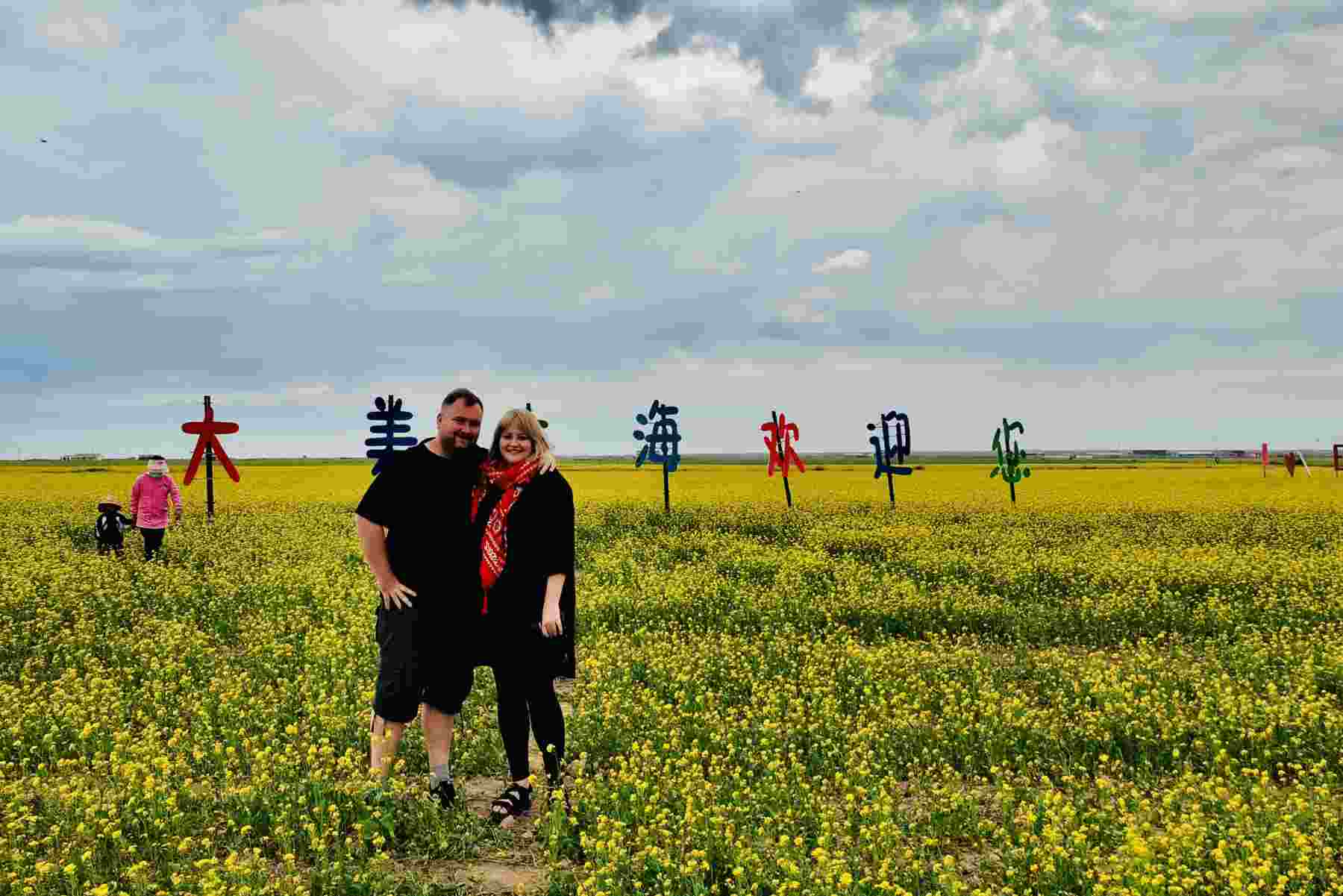
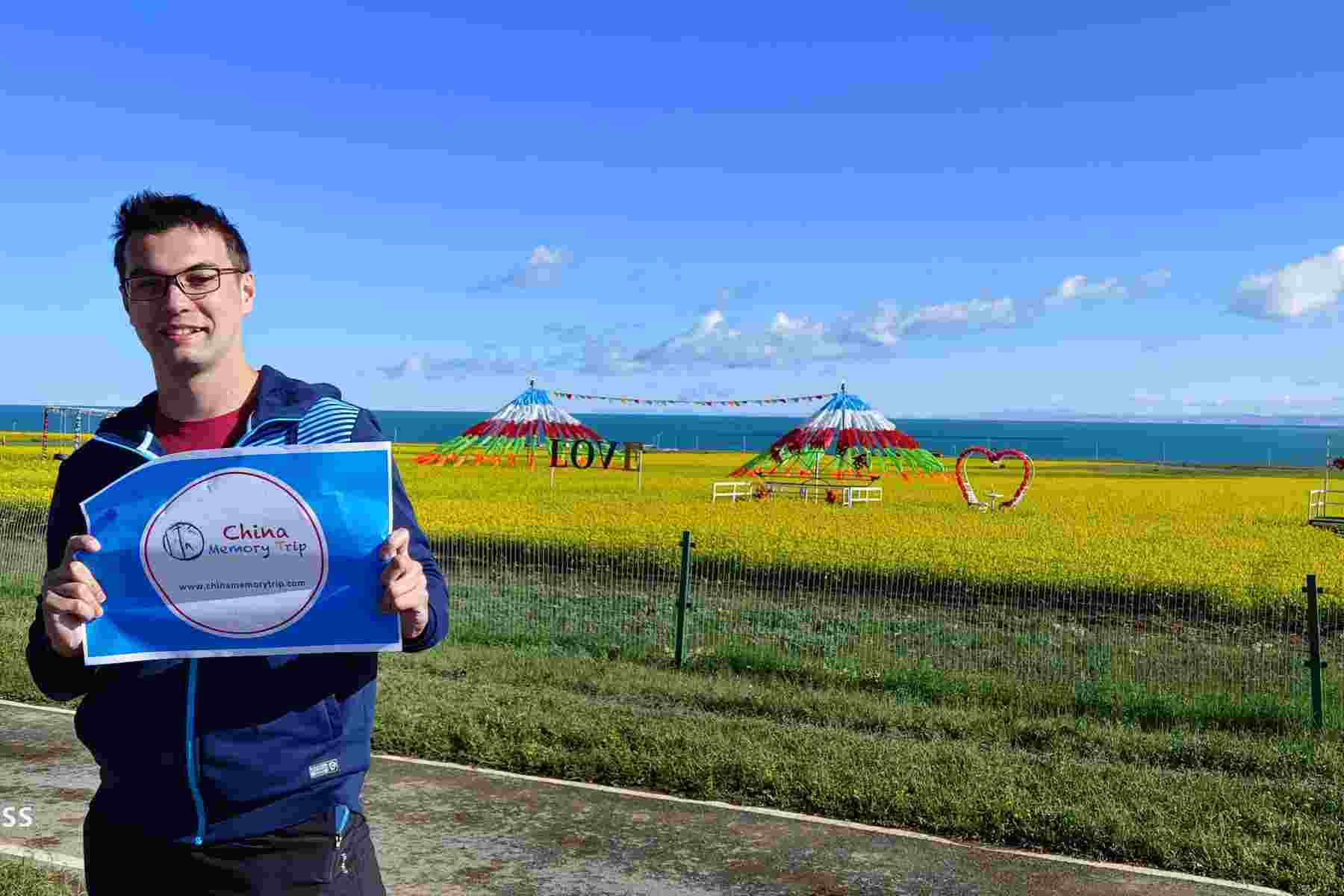
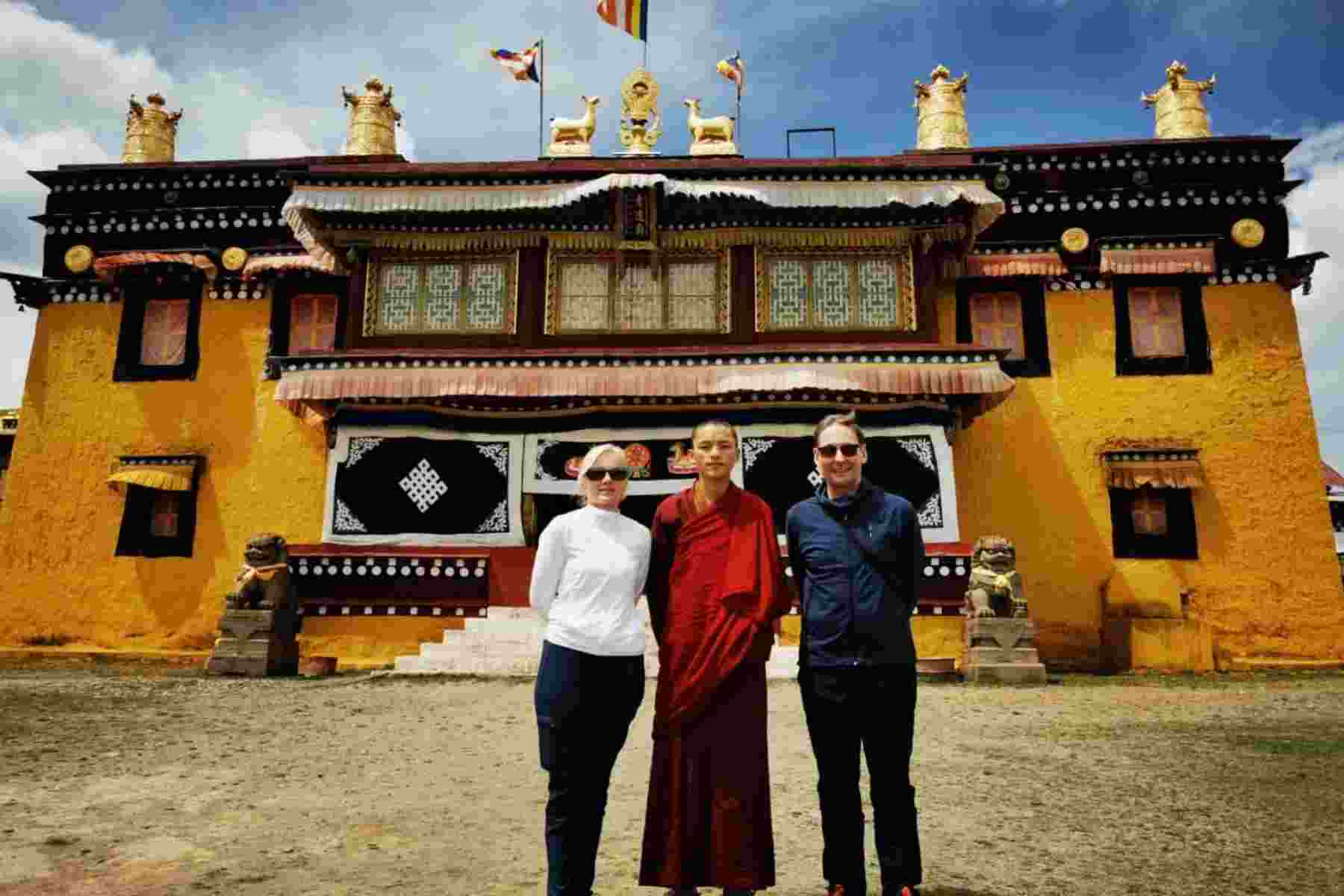
Meal: Not Included
Hotel: Overnight in Dunhuang
Welcome to Dunhuang, the brightest star in the Gobi Desert. Your guide will meet you at the airport/train station and escort you to your hotel. The rest of the day is up to you.
Free activities: We recommend you come to the Sandbar Night Market, the liveliest place in the city, where you can take a leisurely stroll, experience the life of the locals, find delicious food, relax in the bar, or buy some interesting handicrafts and more.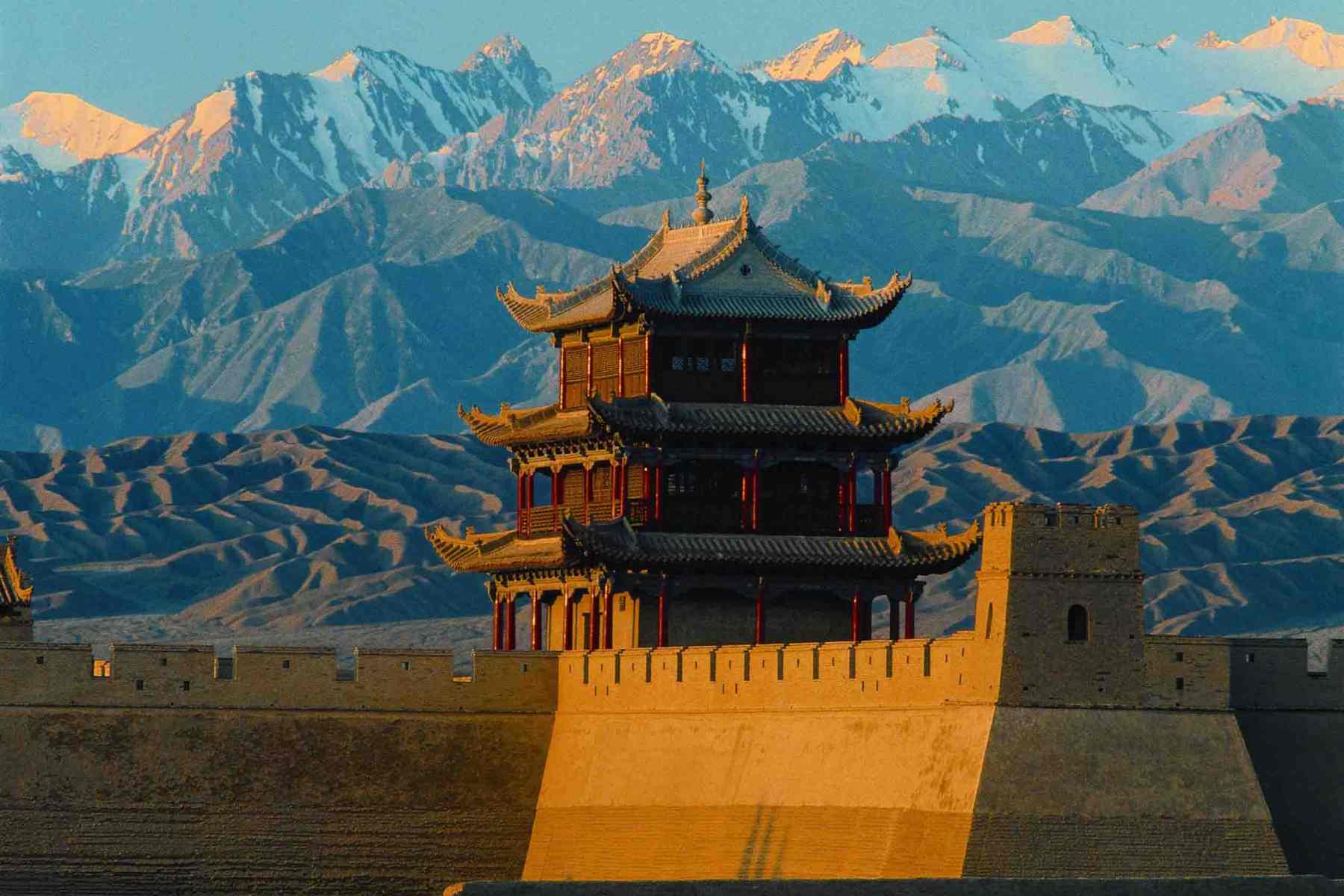
Attractions: Yardang National Geologic Park, Yumen Pass, Great Wall of Han Dynasty, Mingshashan Desert
Meal: Not Included
Hotel: Overnight in Dunhuang
After breakfast, you will be taken to explore the remote wild Gobi Desert landscape as well as several legendary historical sites. Drive westwards about 100 km, you will firstly arrive at Yumen Pass (Jade Gate Pass). Built in the Eastern Han Dynasty, Yumen Pass, also known as the Small Fangpan City, prospered with the prosperity of the Silk Road, and was once a place through which merchants from the Western regions and people from the Central Plains came and went. Because Hetian jade was imported from here to the Central Plains since ancient times, it is called the Jade Gate Pass. About 5 km from Yumen Pass is the Ruin of Great Wall of Han Dynasty, also known as the Outer Great Wall, and its ancillary facilities are the outer Leh City. The Great Wall was built in the early years of Emperor Wudi of Han Dynasty. After several years of investigation by archeologists, it was found that the Han Dynasty had built a "Outer Great Wall" of more than 10,000 kilometers from Dunhuang in Gansu Province to Pyongyang in North Korea in the east. It was the "Outer Great Wall" built by the Han Dynasty and longer than the Ming Wall. Keep driving more 80 km, you will get to Yardang National Geologic Park. Commonly known as Dunhuang Yadan Devil City. It is an important part of Dunhuang Global Geopark in China.
At the same time, it is also one of the three most beautiful Yadan landforms in China. Leave Yardang National Geologic Park, and drive along the coming way back to Dunhuang. The following attraction is the Echoing Sand Mountains (Mingshashan). The sand mountain is a desert formed under the action of wind. The long yellow sand gathers here to form the sand mountain. The sand mountain will ring under the wind, so it gets its name. In the arms of the sand mountain, there is a crescent shaped lake, the lake grows beside the sand willow, populus euphrysalis, forming an oasis, here called "Crescent Lake". Crescent Lake is a small lake, the water is quite clear and blue. In full sunlight, the water glows with the pleasant colors of the garden.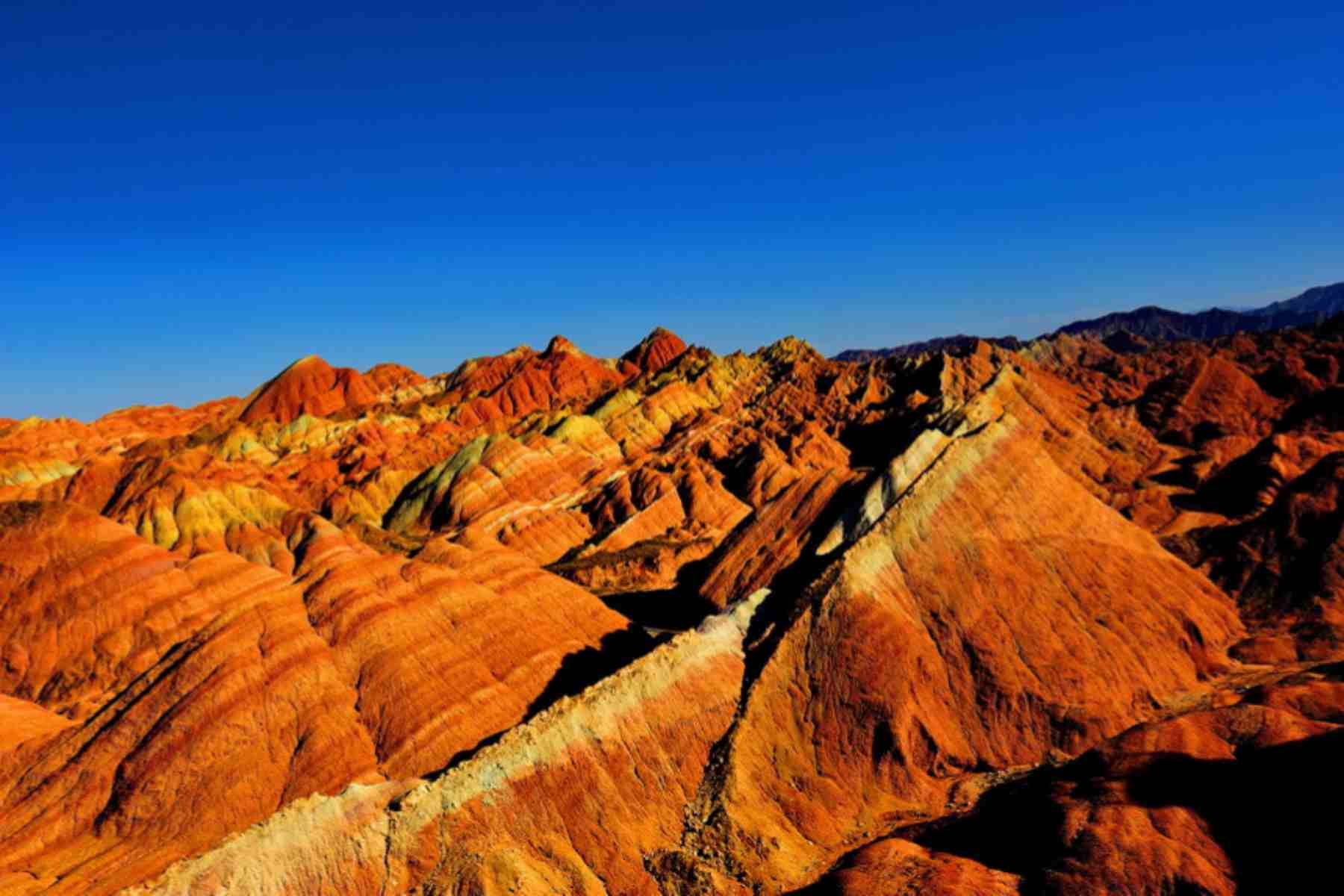
Attractions: Mogao Grottoes
Meal: Not Included
Hotel: Overnight in Jiayuguan
After breakfast, drive to Mogao Grottoes. Commonly known as the Thousand Buddha Caves, are located on the cliff at the eastern foot of the Mingsha Mountain, 25 kilometers southwest of Dunhuang City, facing the eastern side of the Tongquan River. The distribution of the caves is staggered, the scale of the subzone ratio, and there are up to five layers up and down. It is famous for its exquisite murals and statues. It was built in the sixteen States before the Qin period, after the sixteen States, the Northern Dynasty, Sui, Tang, five dynasties, Western Xia, Yuan and other dynasties of construction. With 735 caves, 45,000 square meters of murals and 2,415 clay colored sculptures, it is the largest and richest Buddhist art site in the world.
After lunch, drive about 5 hours to Jiayuguan from Dunhuang. Enjoy the breathtaking desert and Gobi views along the road.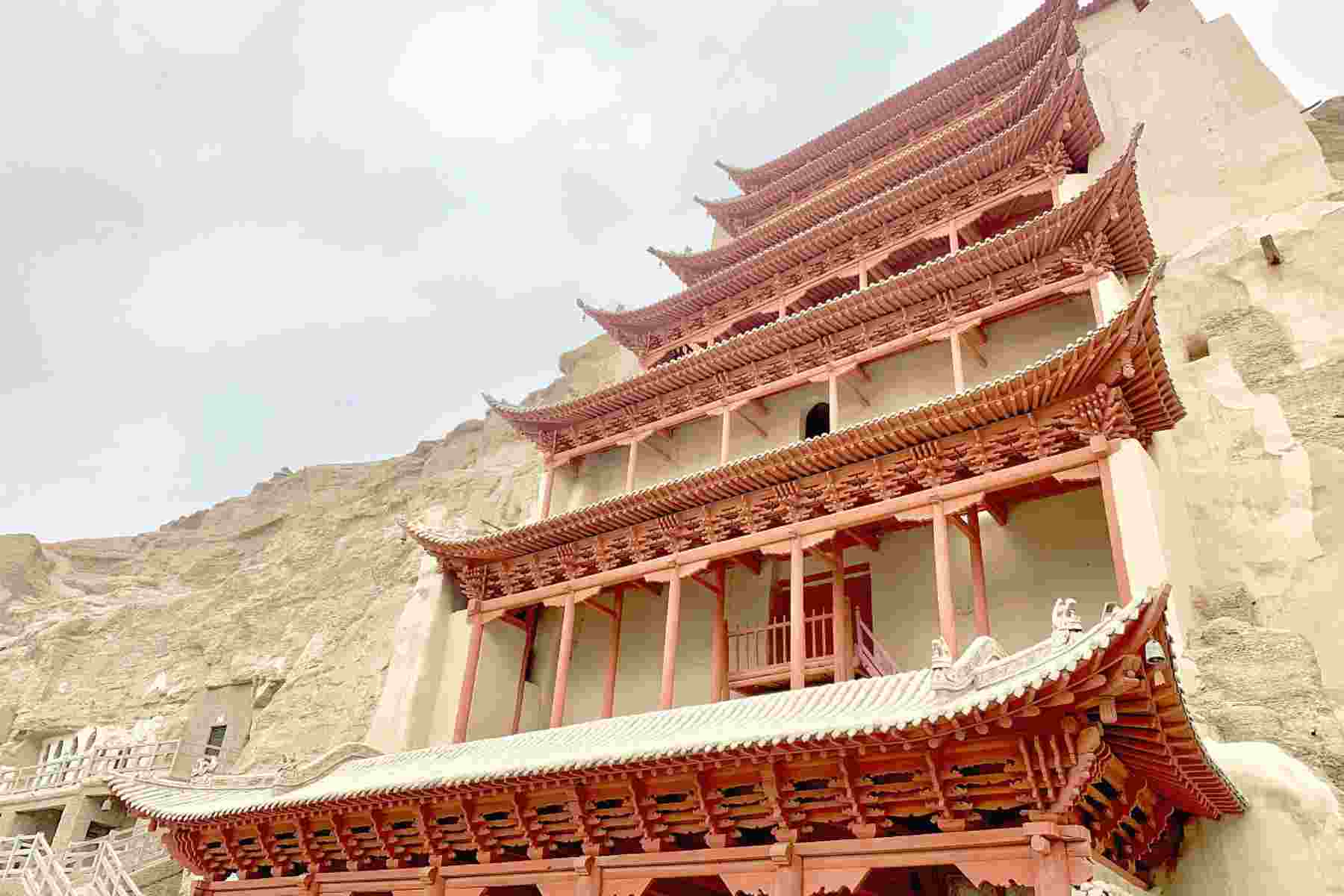
Attractions: Jiayuguan Fort, Zhangye Danxia Geopark
Meal: Not Included
Hotel: Overnight in Zhangye
After breakfast, visit the Jiayuguan Fort. Jiayuguan Fort is the traffic artery of the ancient "Silk Road" and the western starting point of the Great Wall of Qin Dynasty. Here, the "Ancient Silk Road" opened up more than 2,000 years ago for economic and cultural exchanges between China and the West and the "ancient battlefield" beacon beacon of military battles of all generations can be seen. Here is the intersection of China's Silk Road culture and the Great Wall culture, known as "Hexi city", border key ".
Then stroll to visit the Great Wall Museum where you will learn about the history of Jiayuguan and the Great Wall.
In the afternoon, drive to Zhangye to explore the famous Danxia Geopark(Danxia Landform). There are strange shape, colorful, magnificent Danxia landform. Danxia refers to the isolated peaks and steep strange rocks formed by long-term weathering and erosion of red sand conglomerate. The Danxia landform here developed from the Pre-Jurassic to the Tertiary period about 200 million years ago.
Accommodate in Zhangye city.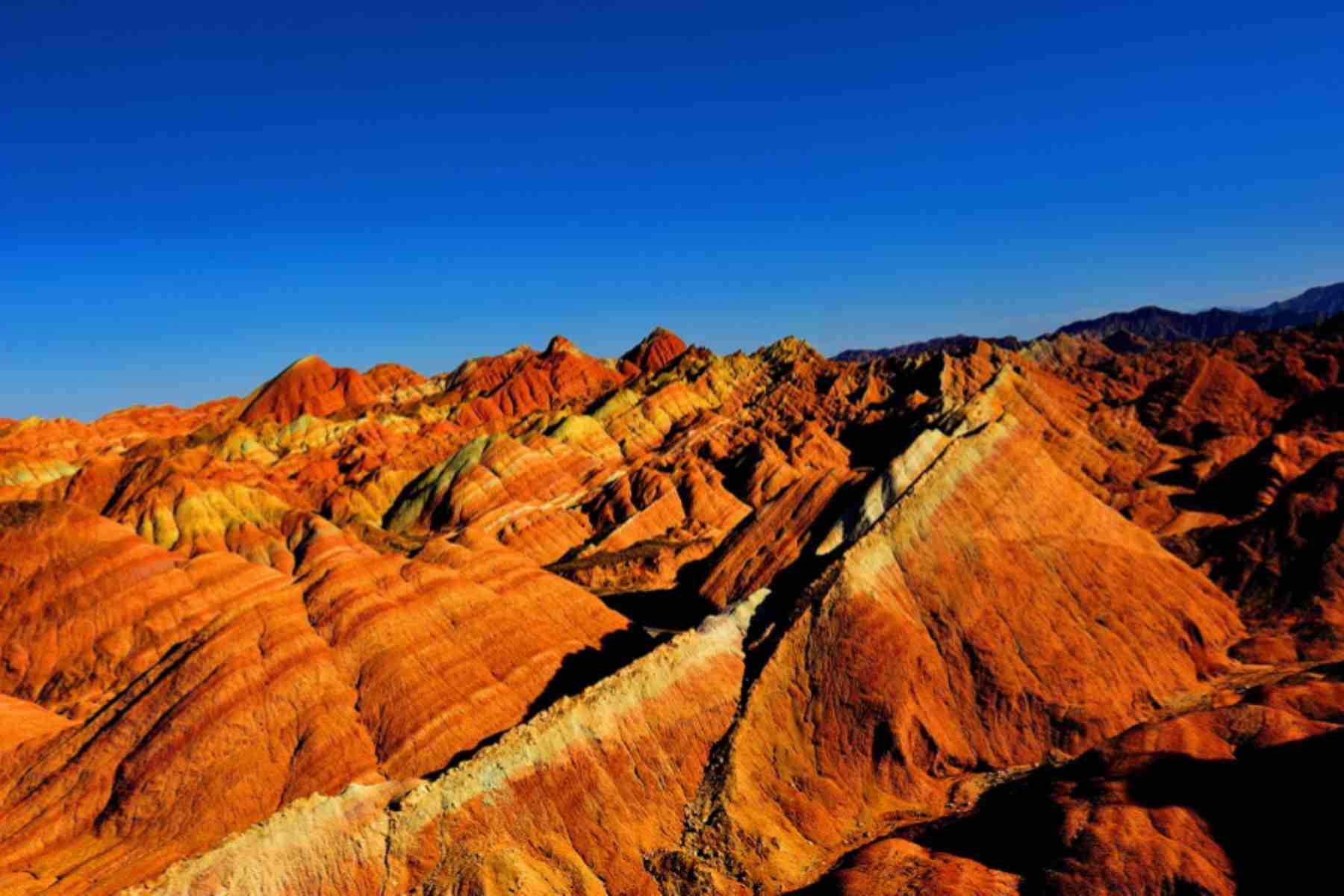
Attractions: Matisi Temple
Meal: Not Included
Hotel: Overnight in Xining
After breakfast, you will go to visit the famous Matisi Temple (Matisi Grottoes). It is a tourist area integrating grottoes art, Qilian Mountain scenery and Tibetan customs.
The grottoes are composed of seven places: Shengguo Temple, Puguang Temple, Thousand Buddha Cave, Jinta Temple, upper, middle and lower Guanyin Cave, with a total of more than 70 cave niches, built in Beiliang. Horseshoe Temple gets its name from the horseshoe prints of the legendary Tianma drinking water here. The legendary horseshoe imprinting exists in the horseshoe temple of Puguang Temple and has become the treasure of the town temple.
After sightseeing at Matisi Temple, you will be transferred to Xining, it will takes about 5 hours.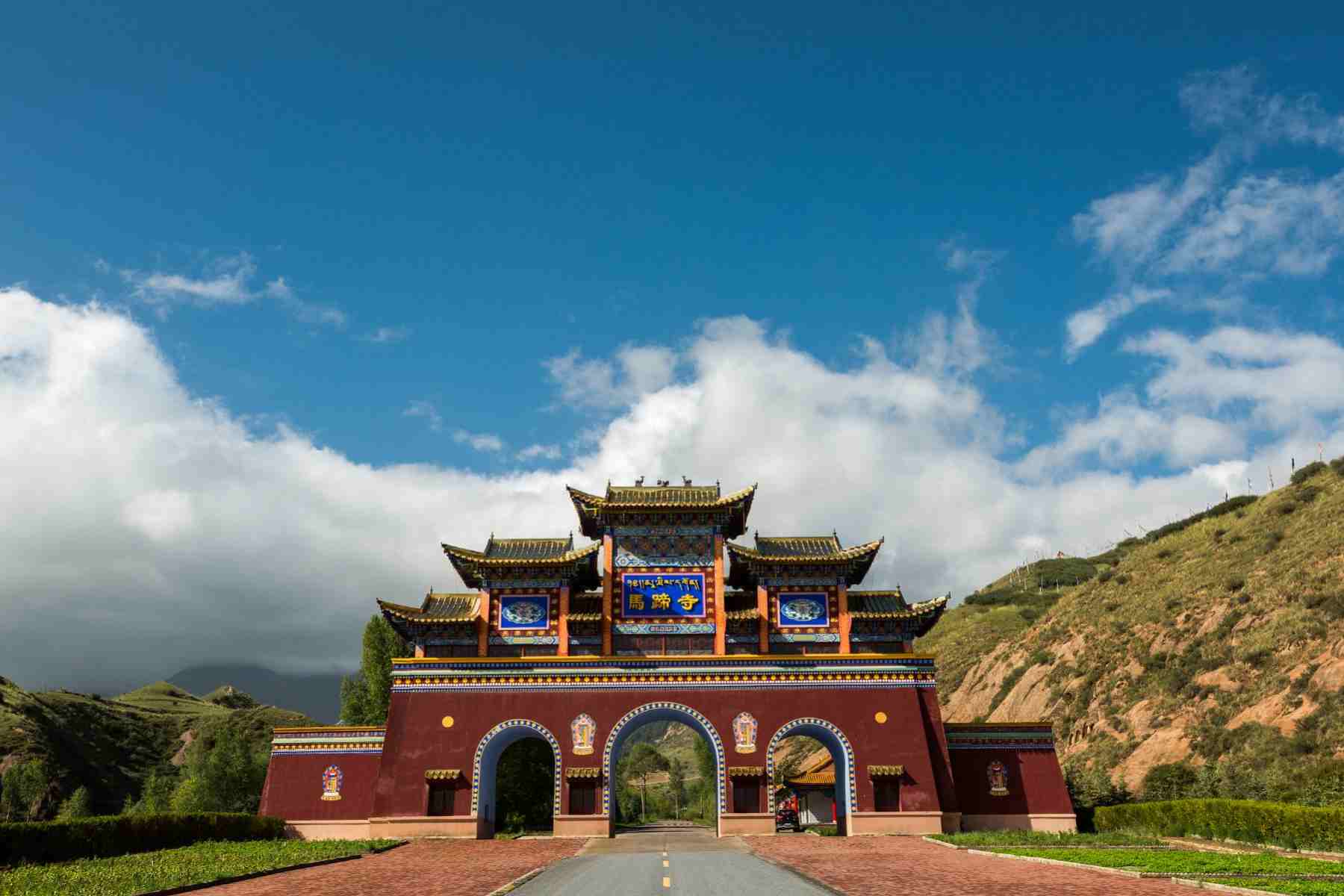
Attractions: Ta'er Monastery, Qinghai Lake
Meal: Not Included
Hotel: Overnight in Chaka
In the morning, you will be transferred to visit Ta'er Monastery; Ta’er Monastery is the centre of Tibetan Buddhism activities in Northwest China and is renowned in China and Southeast Asia. The ruins of Tal Temple have survived the Northern Zhou Dynasty, Tang Dynasty, Five Dynasties, Western Xia Dynasty, Yuan Dynasty, and Ming Dynasty, and have experienced several periods of prosperity and decline. Ghee flowers, murals and embroidery are known as the "Tal Temple art three". In addition to that, the temple also treasures a lot of Buddhist books and history, literature, philosophy, medicine, legislation and other aspects of academic monographs. It is worth seeing.
Then drive to Qinghai Lake. Enjoy a walking tour around the lake; you will be amazed by this highland lake's scenery. It is also interesting to see grazing animals - sheep, goats, duos, horses. You can ride a bike or cruise around the lake to taking in the incredible landscape here (If you come in July or August, you can still see the golden rapeseed flowers by the roadside). Then drive to Chaka for an overnight stay.
Then drive to Chaka for an overnight stay.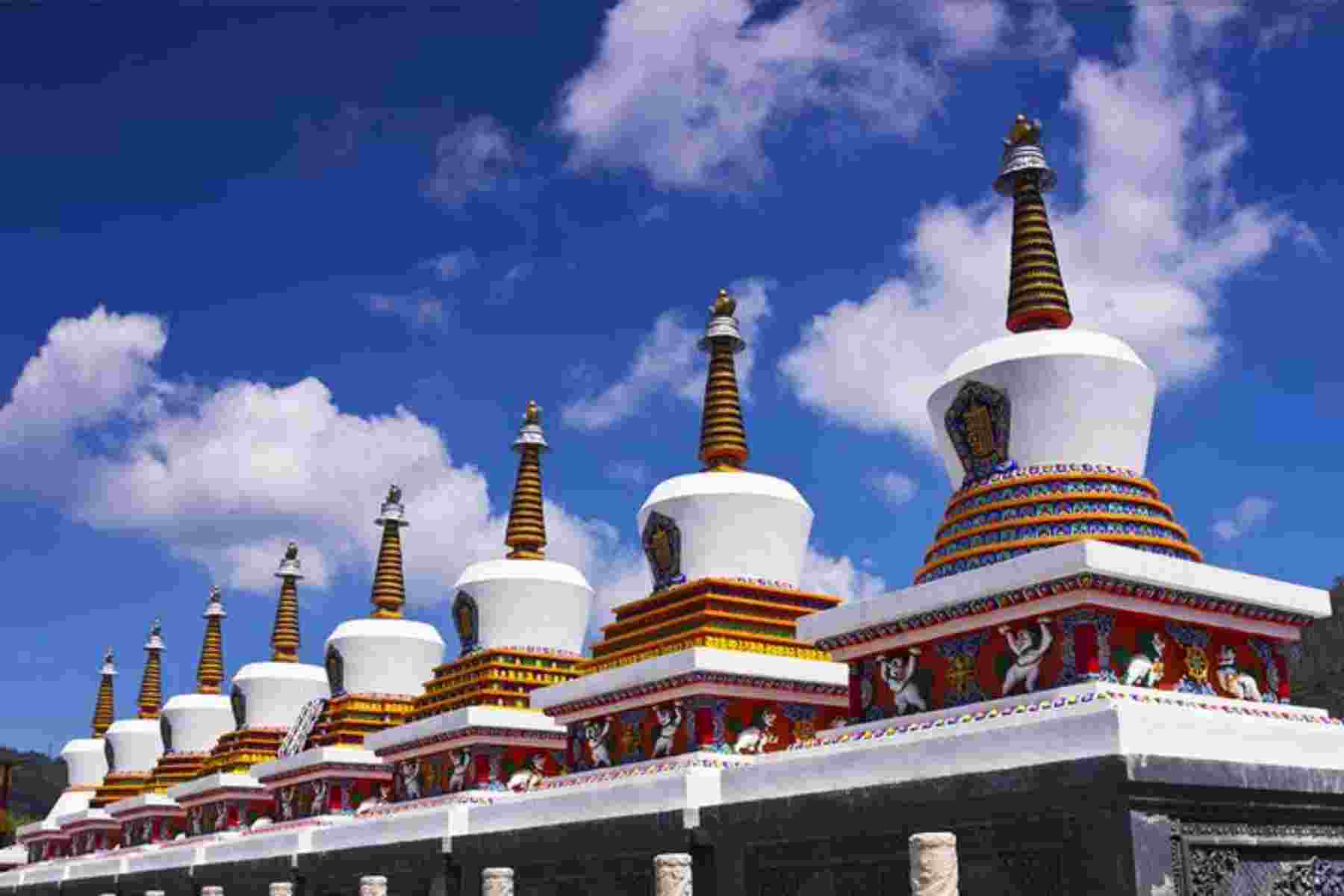
Attractions: Chaka Salt Lake
Meal: Not Included
Hotel: Overnight in Xining
Enjoy a delighting breakfast at the hotel and set off by the private vehicle to enjoy the most charming landscape of Chaka Salt Lake. Chaka Salt Lake was named one of the "55 Places to Visit in your Lifetime" by National Travel Geographic magazine. The lake here has a strong reflective ability, like a mirror for the sky grooming and grooming. This natural landscape is extremely rare in China, known as China's sky mirror. There are many salt sculptures to see in the scenic area. You can also take a small train to visit the depths of the salt lake.
Transfer back to Xining city at the end.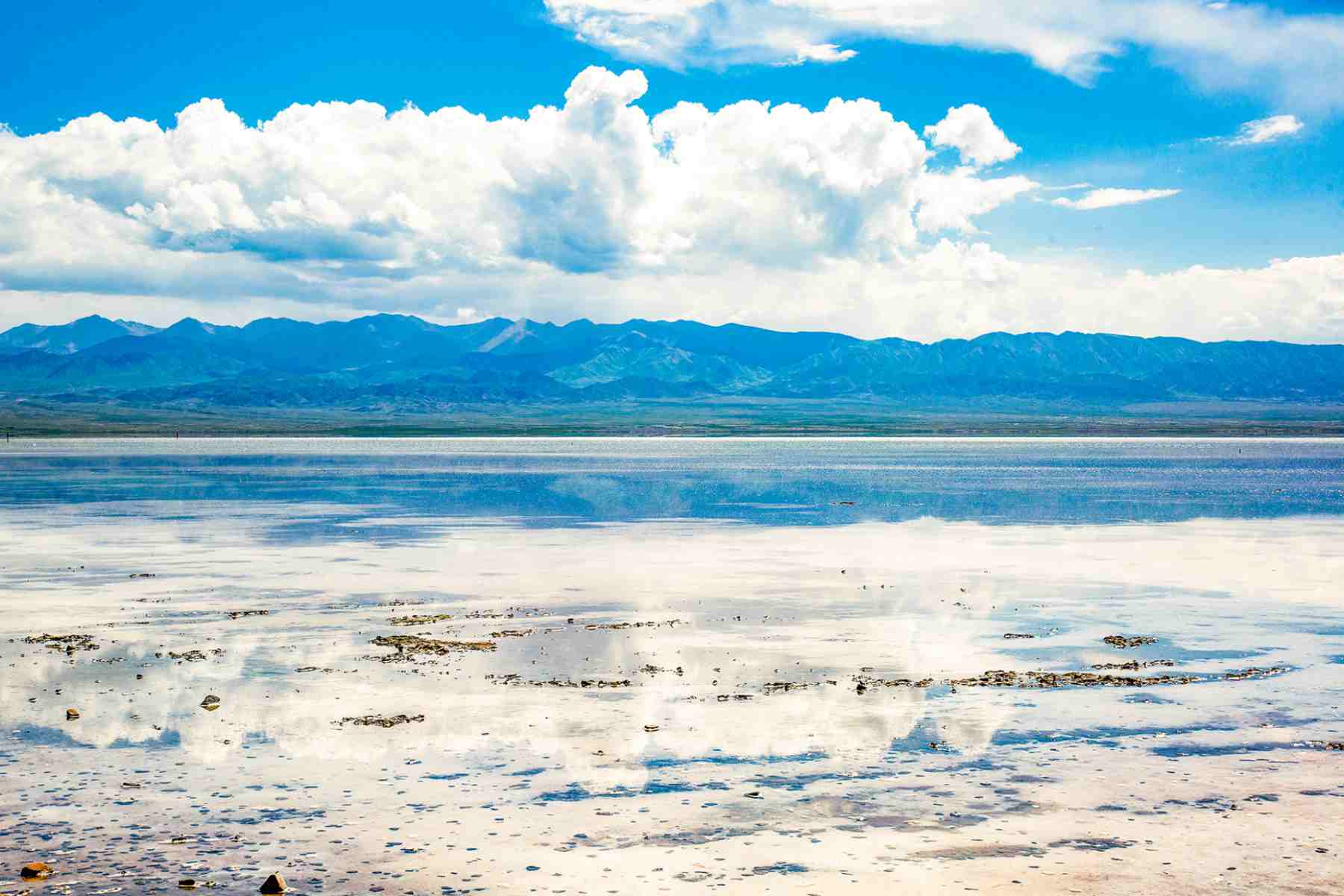
Attractions: No
Meal: Not Included
Hotel: Not Included
Free to explore Xining City. Transfer to airport to catch the flight. Tour ends.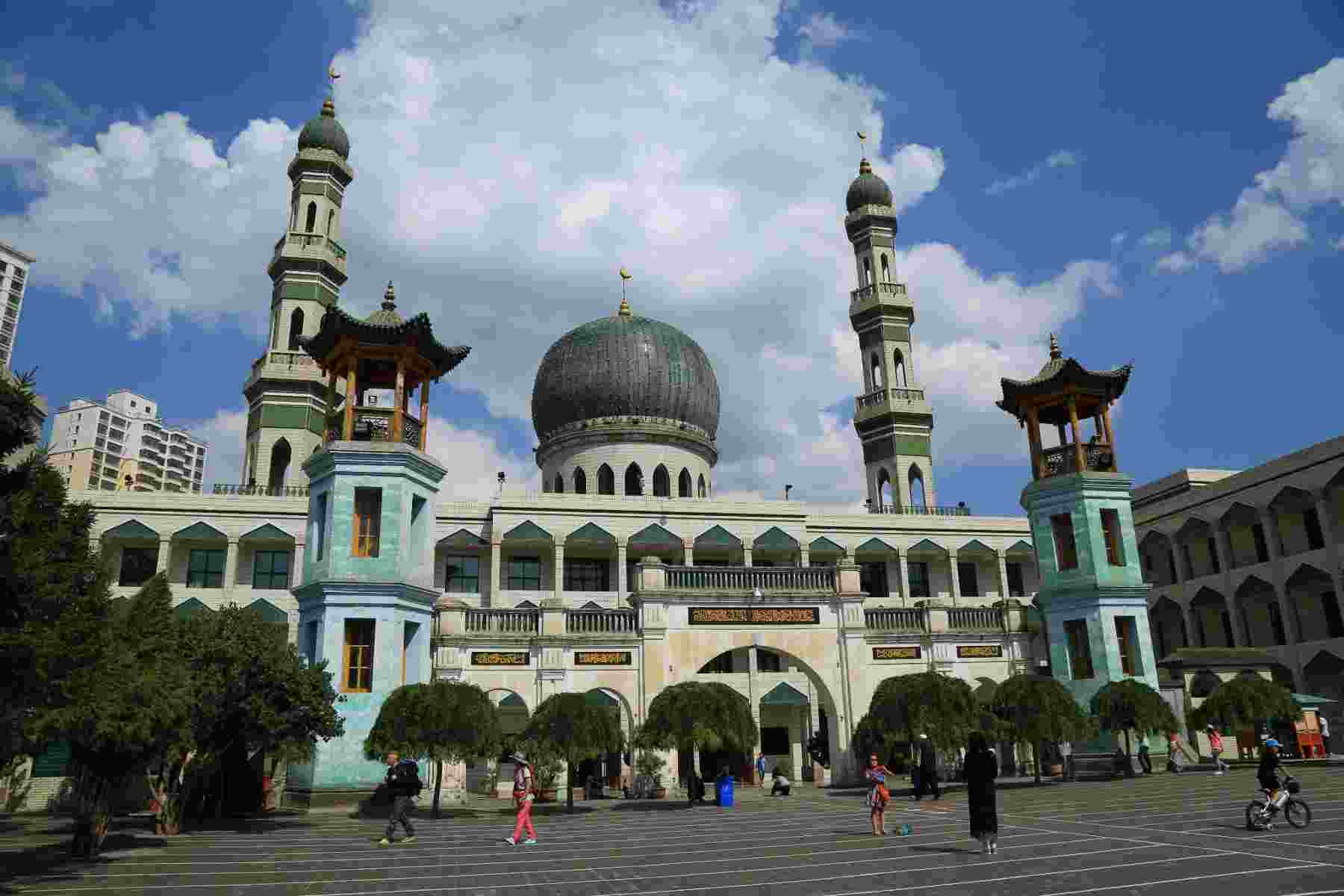



 IPv6 network supported XML | Sitemap | Blog | Privacy Policy
IPv6 network supported XML | Sitemap | Blog | Privacy Policy 
